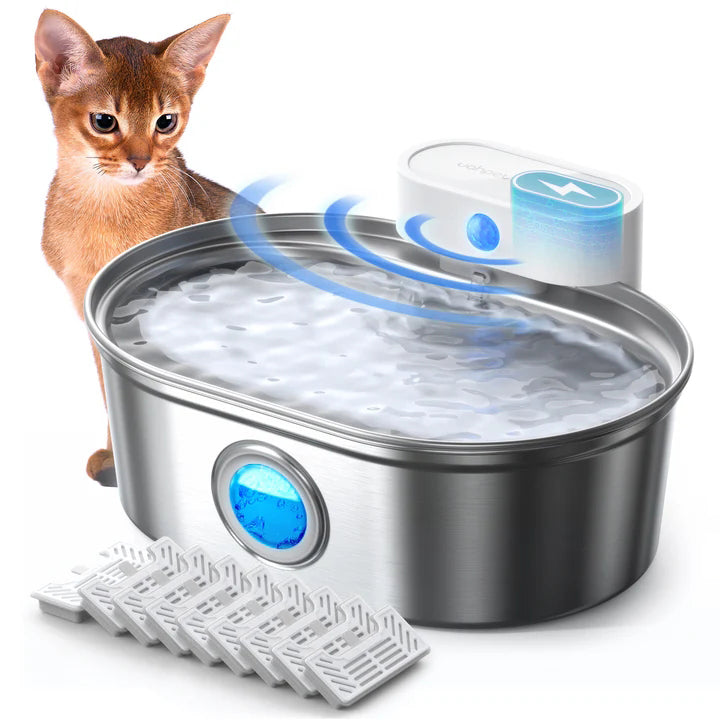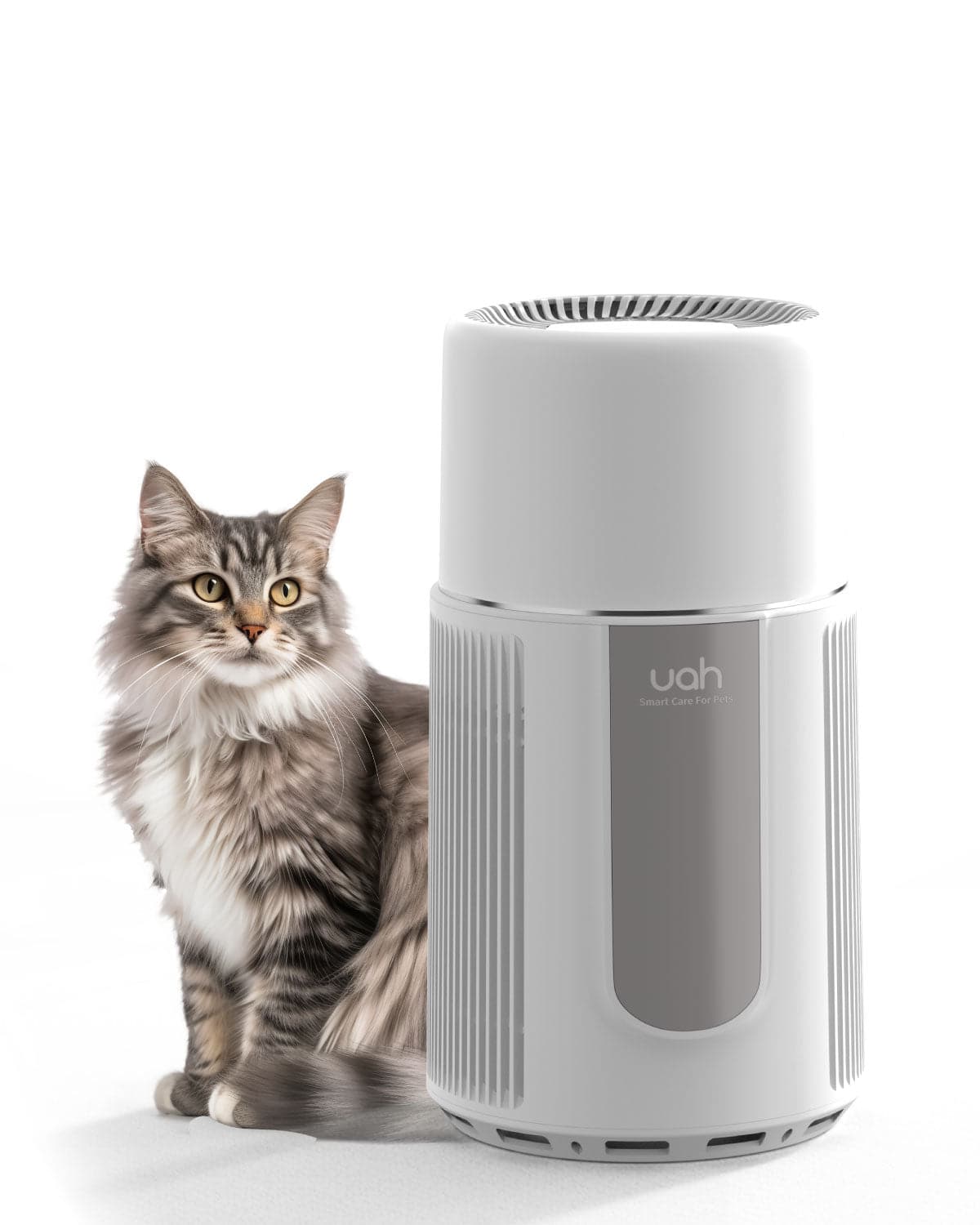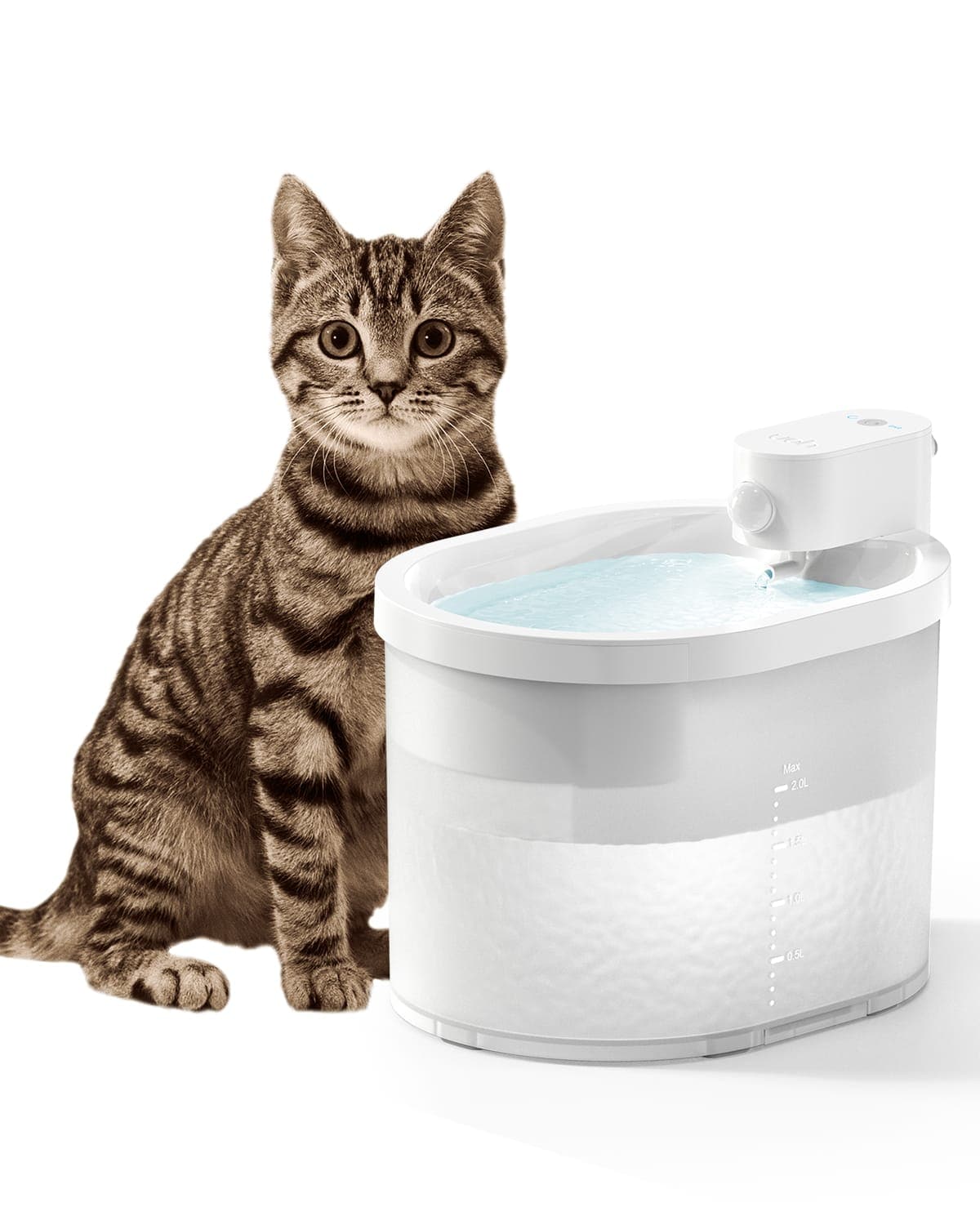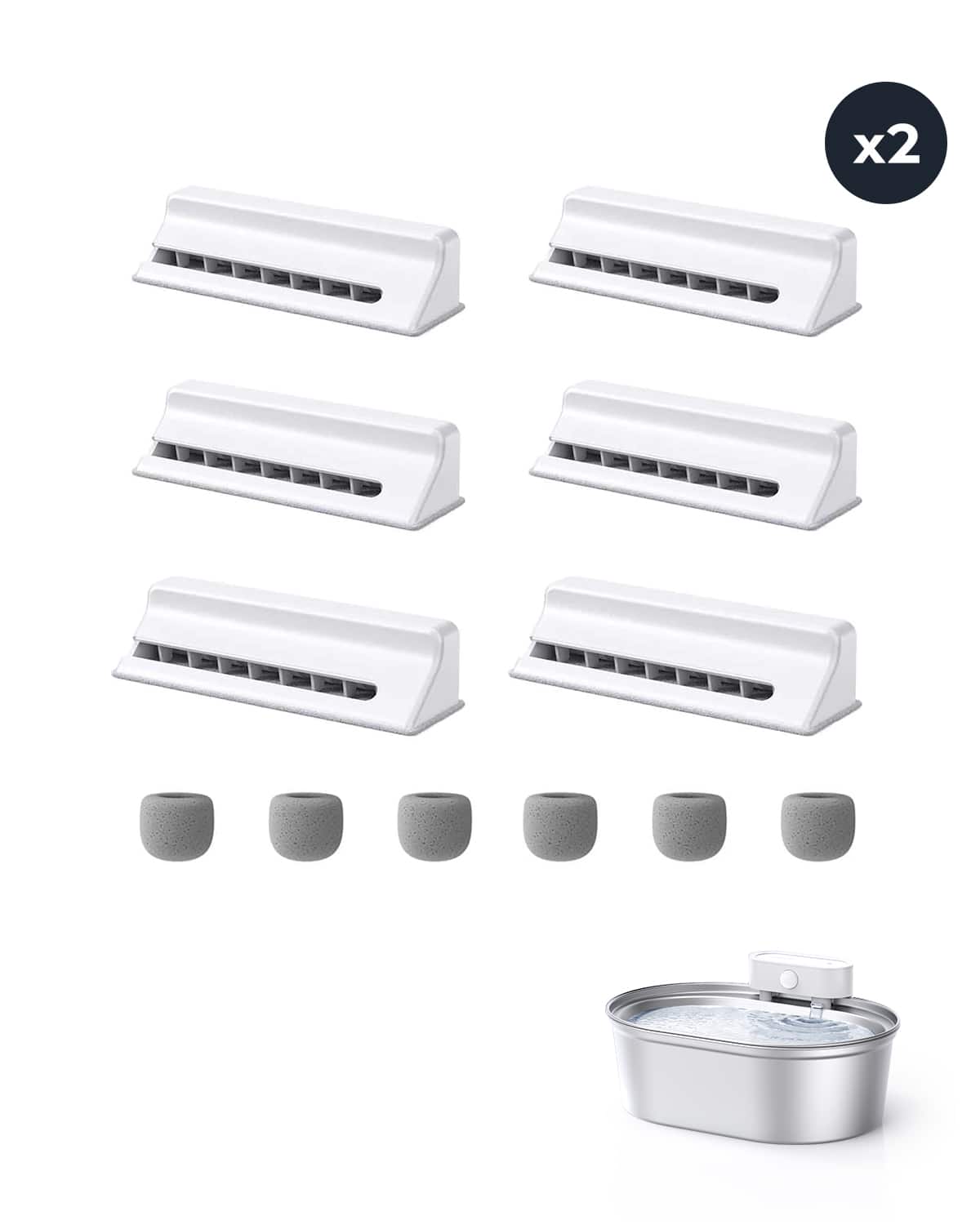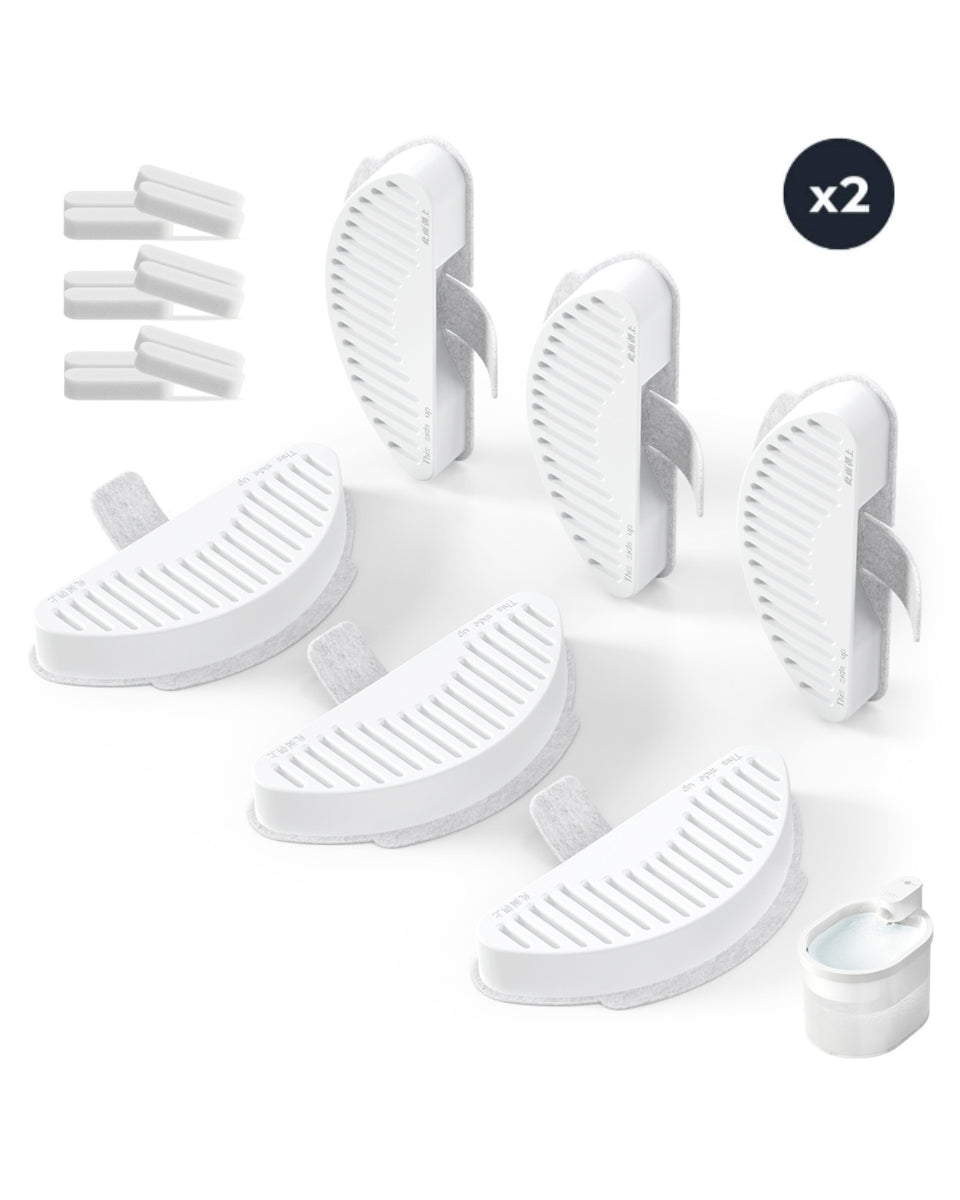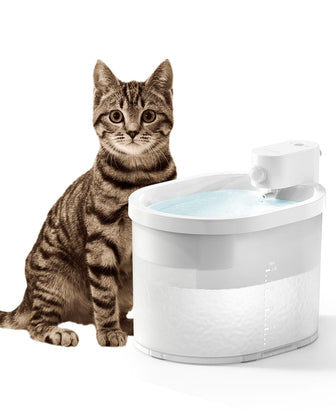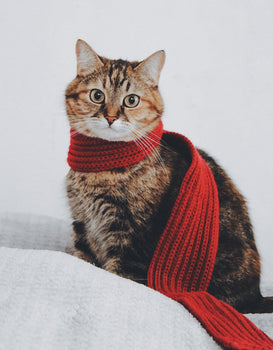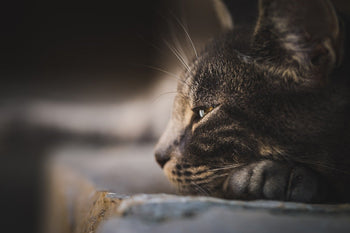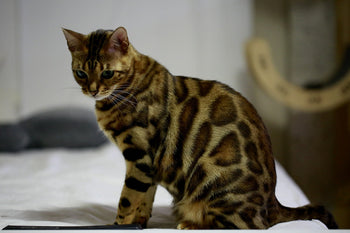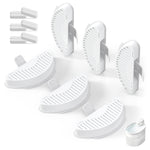Why Won't My Cat Drink Water?

Many cat owners have experienced the frustration of their feline friend refusing to drink water. It can be concerning and lead to health issues, such as dehydration and urinary tract problems. Understanding why a cat won't drink water is important for their overall well-being.
There are several common reasons why a cat may not be interested in drinking water. One reason is that they may not like the taste of tap water or the scent of their water bowl. Another reason is that they may prefer running water, as it is more appealing and resembles a natural water source. Additionally, some cats may associate their water bowl with negative experiences, such as being scolded or startled while drinking.
Key Takeaways
Understanding why a cat won't drink water is important for their overall health.
Common reasons for a cat's lack of interest in drinking water include taste preferences, water bowl preferences, and negative associations.
Encouraging a cat to drink water can involve offering fresh water, using a water fountain, and creating a positive drinking environment.
Common Reasons for a Cat's Lack of Interest in Drinking Water
Cats are known for being notoriously picky about their water sources. They may refuse to drink from a bowl that is too close to their food, or they may prefer running water to stagnant water. However, there are other common reasons why a cat may not be interested in drinking water.
Instinctual Behavior and Ancestral Traits
Cats are descendants of desert-dwelling animals, and as such, they are naturally adapted to conserve water. In the wild, cats obtain most of their moisture from the prey they consume, and they have evolved to drink very little water. This instinctual behavior can carry over to domestic cats, who may not feel the need to drink as much water as other animals.
Environmental Influences on Water Consumption
The environment in which a cat lives can also affect its water consumption. For example, if a cat is kept in a warm or dry environment, it may need to drink more water to stay hydrated. Additionally, if a cat is fed a dry food diet, it may not get enough moisture from its food and may need to drink more water.
Furthermore, the location and cleanliness of the water bowl can also play a role in a cat's water consumption. If the water bowl is located too close to the litter box or food bowl, a cat may be hesitant to drink from it. Additionally, if the water bowl is not cleaned regularly, a cat may avoid drinking from it due to the presence of bacteria or other contaminants.
By understanding these common reasons for a cat's lack of interest in drinking water, cat owners can take steps to encourage their cats to stay hydrated. Providing fresh, clean water in a separate location from the food and litter box, and offering wet food in addition to dry food, can help increase a cat's water intake.
Health Issues and Dehydration in Cats
Cats are known for their finicky drinking habits, and many cat owners have experienced the frustration of trying to get their feline friends to drink enough water. However, it is important to understand that dehydration in cats can lead to serious health issues, and it is crucial to ensure that your cat is getting enough fluids.
Risks of Dehydration
Dehydration in cats can lead to a variety of health problems, including urinary tract infections, kidney disease, and even organ failure. Cats who are dehydrated may also experience lethargy, loss of appetite, and constipation.
Health Conditions Affecting Hydration
There are several health conditions that can affect a cat's hydration levels. For example, cats with kidney disease may drink more water than usual, but still become dehydrated due to their kidneys' inability to retain fluids. Similarly, cats with diabetes may drink more water than usual, but still become dehydrated due to increased urination.
Preventing Dehydration and Complications
To prevent dehydration in cats, it is important to make sure that they have access to fresh water at all times. Some cats prefer running water, so a cat water fountain may be a good investment. Wet food can also help increase a cat's fluid intake.
If you suspect that your cat may be dehydrated, it is important to seek veterinary care immediately. Your vet may recommend fluids or other treatments to help rehydrate your cat and prevent further complications.
Related Posts:
Encouraging a Cat to Drink Water
Cats are notorious for not drinking enough water, which can lead to various health issues such as urinary tract infections, kidney disease, and dehydration. As a responsible pet owner, it is important to encourage your cat to drink water regularly. Here are some tips and strategies that can help:
Tips and Strategies for Hydration
Change the water frequently: Cats prefer fresh and clean water, so make sure to change their water at least once a day.
Add flavor to the water: Some cats may prefer flavored water, so try adding a small amount of tuna juice or chicken broth to their water bowl.
Use a shallow bowl: Cats have sensitive whiskers, and a deep bowl may irritate them. Use a shallow bowl that is wide enough for your cat to drink comfortably.
Place multiple water bowls: Place water bowls in different locations throughout your home to encourage your cat to drink more.
Benefits of Water Fountains and Wet Food
Investing in a cat water fountain is an excellent way to encourage your cat to drink more water. Cats are naturally attracted to moving water, and a fountain can provide a continuous flow that is appealing to them. Additionally, wet food can also help increase your cat's water intake as it contains a higher percentage of moisture compared to dry food.
By following these tips and incorporating a water fountain and wet food into your cat's routine, you can ensure that your feline friend stays hydrated and healthy.
Related Posts:
Conclusion
In conclusion, cats not drinking enough water can lead to serious health problems. It is important for cat owners to take the necessary steps to ensure their cats are properly hydrated. One solution to this problem is investing in a cat water fountain.
Why choose Uahpet cat water fountain?
Uahpet cat water fountain is an excellent choice for cat owners looking for a reliable and effective way to encourage their cats to drink more water. Here are some reasons why:
Multiple filtration system: The Uahpet cat water fountain features a triple filtration system that removes impurities and ensures clean, fresh water for your cat.
Quiet operation: The fountain is designed to run quietly, so it won't disturb you or your cat while it's running.
Large capacity: With a 2.5L water capacity, the Uahpet cat water fountain is perfect for households with multiple cats or larger breeds.
Easy to clean: The fountain is easy to disassemble and clean, making maintenance a breeze.
Overall, the Uahpet cat water fountain is a great investment for cat owners who want to ensure their cats are properly hydrated. With its multiple filtration system, quiet operation, and large capacity, it is a reliable and effective way to encourage your cat to drink more water.
Frequently Asked Questions
What can cause a cat to stop drinking water?
There are several reasons why your cat may stop drinking water. Some common causes include illness, stress, changes in the environment, and certain medications. Cats may also avoid drinking water if they do not like the taste or smell of the water.
How can I tell if my cat is dehydrated?
Signs of dehydration in cats include dry mouth and nose, sunken eyes, lethargy, loss of appetite, and a decrease in urine output. You can also check your cat's skin elasticity by gently pulling up on the skin between their shoulder blades. If the skin does not quickly return to its normal position, your cat may be dehydrated.
What are the risks of a cat not drinking enough water?
If your cat does not drink enough water, they may become dehydrated, which can lead to serious health problems such as kidney failure, urinary tract infections, and constipation. Dehydration can also make it more difficult for your cat to recover from illness or injury.
How can I make my cat's water more appealing to them?
There are several things you can do to make your cat's water more appealing, such as providing fresh, clean water in a clean bowl, using a water fountain, adding a small amount of low-sodium chicken broth to the water, or placing the water bowl away from the food bowl.
What should I do if my cat is not drinking water and appears sick?
If your cat is not drinking water and appears sick, it is important to take them to the vet as soon as possible. Your vet can determine the underlying cause of your cat's symptoms and provide appropriate treatment.
How much water is typically required for a healthy cat in a day?
A healthy cat typically requires about 2.5 to 4.5 ounces of water per 5 pounds of body weight per day. This can vary depending on factors such as age, activity level, and diet. It is important to provide your cat with fresh, clean water throughout the day to ensure they stay hydrated.


